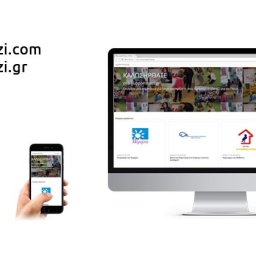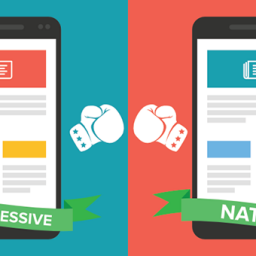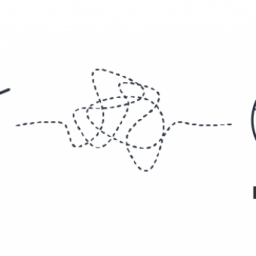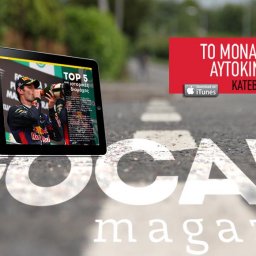A Glossary Of ‘Need To Know’ Terms
jar·gon/?järg?n/
Definition: Special words or expressions that are used by a particular profession or group and are difficult for others to understand.
Sometimes listening to a mobile app developer is like listening to someone reading a binary of code.
So we have produced a basic list of key app development terms used in the industry that you can use as a point of reference.
Is this something you are looking? Hit that bookmark button!
- ASO (App Store Optimisation) – The practice of optimising your app so it is more readily discovered in the app store. This may include optimising app keywords, description, name and screenshots.
- Practical Completion – The point where all development work is complete or all but completed, in accordance with the contract, and the app is fit for use.
- API (Application Programming Interface) – On the most basic level, an API is a set of functions that allows for a connection between one function (operating system, app or service) and another. Many apps rely on open APIs to pull the most accurate data. For example, many developers access Google Maps’ API to integrate location-specific functions into their apps.
- APK (Android application package file) – The file format used for installing apps on the Android operating system. APKfiles (.apk files) are ZIP file formatted packages. They contain all of that program’s code (such as .dex files), resources, assets, certificates, and manifest file.
- IPA (iOS App Store Package) – The file format used for installing apps on the iOS operating system. IPA files (.ipa files) are usually encrypted with Apple’s FairPlay DRM technology and compressed with a binary for the ARM architecture.
- iOS – an operating system used for mobile devices manufactured by Apple Inc. Eg iPhone, iPad and iPod touch are all iOS devices.
- Bug – A coding error in an application’s programming. Bugs cause the app to crash, produce invalid output or otherwise malfunction. Find out how to minimise bugs here.
- CMS (content management system) – A web application designed to make it easy for non-technical users to add, edit and manage the content on their app (eg making content searchable, keeping track of user information, editing text.
- Frontend – The part of the app that you can see and interact with. These include things like fonts, drop-down menus, buttons, transitions, sliders, contact forms, etc.
- Backend – Basically the ‘behind the scenes’ of your app, how it works, updates and changes. It usually consists of a server, an application and a database.
- Backend Database – A central database that stores app data, and that users access indirectly through an external application via the front end.
- Device – Usually referring to a mobile or handheld device for which an app is made, like an iphone, ipad, Android phone, etc.
- UI (User Interface) – User Interface is the screen with the elements that we interact with directly. Buttons, Scroll Boxes, Sliders, Text, etc. In other words, UI is Visual Elements.
- UX (User Experience) – The interaction between the user and the app itself. UX design involves improving the usability, accessibility, and pleasure provided in this interaction. It captures the user’s natural thought process in a functional design.
- OS (Operating System) – On mobiles, this refers to the software that manages hardware and software resources and provides common services for programs. For example, Android OS, iOS, Windows OS, Blackberry OS.
- Device Compatibility – Used when assessing whether an app is compatible on different devices. For example, under iOS there are the following devices: iPhone 4, iPhone 4S, iPhone 5, iPhone 5C, iPhone 5S, iPhone 6, iPhone 6 plus.
- Platform – The hardware/software environment for laptops, tablets, smartphones and other portable devices. For example, Windows and Mac are platforms for PCs, Android and Apple are platforms for mobiles.
- Platform Version Compatibility – Whether an app is compatible to different versions of a platform. By default, an app runs on the version of the platform it was built for. Eg an app may be compatible for Apple’s iPhone 5S, but not iPhone 6.
- Beta version – a version of a piece of software that is made available for testing, typically by a limited number of users outside the company that is developing it, before its general release.
- Release Candidate (RC) – A beta version with potential to be a final product, which is ready to release unless significant bugs emerge. In this stage, all product features have been designed, coded and tested through one or more beta cycles with no known serious bugs.
- Network – Refers to a wireless networkdistributed over land areas, each served by at least one fixed-location transceiver. Eg 2G, 3G, 4G
- Target Device Set – The set of devices chosen for targeting when your run, debug, or test your app.
- MVP (Minimum Viable Product) – The product with the highest return on investment versus risk. Read more about delivering an MVP here.
- Sprint – A set period of time (usually 1-2 weeks) involving a group of people who are working to further a focused development of a project.
- Agile Development – As an alternative to traditional project management, agile development helps teams respond to unpredictability through incremental, iterative work cadences (eg sprints). It provides opportunities to assess the direction of a project throughout the development lifecycle.
- Waterfall Development – A sequential development process in which progress is seen as flowing steadily downwards (like a waterfall) through the phases of conception, initiation, analysis, design, construction, testing, production/implementation and maintenance.
- NDA (Non-disclosure agreement) – a contract between one or more parties agreeing not to disclose confidential information that they have shared with each other as a necessary part of doing business together. This ensures the confidentiality of any proprietary information.
- Specification (or ‘spec’) – A document that details all necessary information about the app before the building process actually starts. It includes the target audience, timeline, budget, functional requirements and design.
- IP (Intellectual Property) – Intangible property that is the result of creativity, such as an invention, design, trademark, or the practical application of your idea. It includes patents and copyrights.








